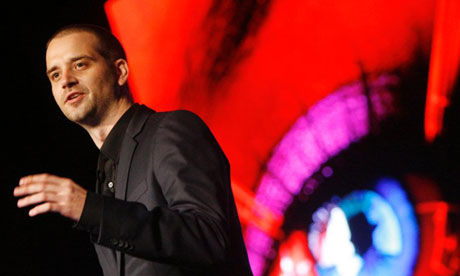
© iStockphoto/ThinkstockSolar cycles. Time spent outdoors without electrical lighting retunes our circadian clock to the sun’s cues, new research suggests.
Our internal clocks are drifting out of sync, and indoor lighting may be to blame. A new study suggests that just a few days in the great outdoors puts us back in tune with the solar cycle, and reconnecting with the sun could make us less drowsy.
Electricity has given us the freedom to choose our bedtimes; staying up after dark is as easy as flipping a light switch. But we pay a price for this luxury, says integrative physiologist Kenneth Wright of the University of Colorado, Boulder, who led the new study. People with later bedtimes and wake times are exposed to more artificial light and less sunlight, he says, which means their bodies aren't getting the natural cues humans once relied on.
To understand how falling out of sync with the sun changes our body's internal clock - or circadian rhythm - sleep researchers look to the timekeeping mechanisms in the brain, particularly how we regulate the hormone melatonin. Released about 2 hours before sleep, melatonin makes us feel drowsy as we wind down for rest, Wright says. It then decreases as we become alert in the morning. The mechanisms driving our clock are complex and hard to measure, but the daily spike and drop in melatonin are like its chimes. "Melatonin tells us what time it is in the body," Wright says.
And when we keep strange schedules, our melatonin goes haywire. Turning lights on at night can delay melatonin release and shift the timing of our internal clock, says sleep physiologist Derk-Jan Dijk of the University of Surrey in the United Kingdom, who was not involved in the work. But it wasn't clear just what would happen in modern, electricity-adapted humans if all artificial light were suddenly taken away. "This is the first time that somebody has done the obvious but important experiment," he says.


